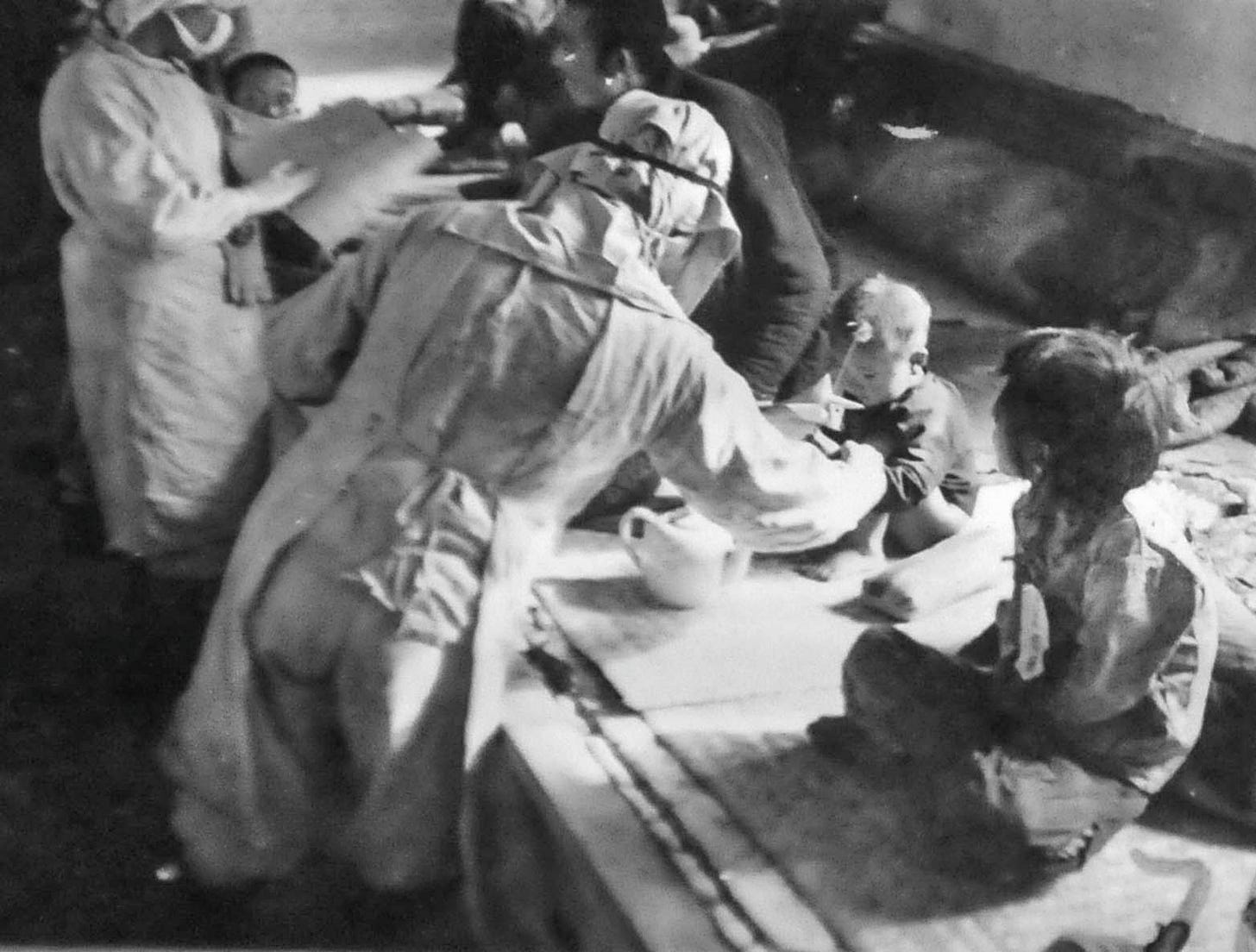This Week in China's History | The Japanese Evacuate Unit 731
August 11, 1945
Listen to my narration in the audioplayer above!
As July turned to August 1945, the Second World War was grinding to an inexorable end. Japan’s defeat had been a foregone conclusion for some time; the Allied invasion of the Japanese home islands was seen as both inevitable and months — perhaps many months — away. In the meantime, American firebombs devastated Japanese cities, and an “island-hopping” campaign brought American forces ever closer to Japan through some of the bloodiest encounters of the entire war. Soviet forces, freed of their European adversary, prepared for their own invasion of Japan’s mainland empire, massing on the border with Manchuria. Neither invasion, by sea of the home islands, nor by land into Manchuria, seemed imminent.
All that changed abruptly in early August, when American B-29s dropped two atomic bombs in swift succession, destroying two cities and killing tens, perhaps hundreds, of thousands instantly. Faced with the prospect of total annihilation, Emperor Hirohito began directing his military leaders to move toward surrender. American planners had hoped to achieve victory within months; instead, hurried — maybe panicked — preparations for surrender were underway across Asia.
One of the orders given during this time was to shut down and destroy a cluster of buildings in the Heilongjiang village of Pingfang, today in the far outskirts of Harbin. This was Imperial Army Unit 731, comprising 80 major structures and an equal number of smaller ones, which housed a staff of 3,000 and approximately 600 prisoners, mostly Chinese but also Russian and Korean. In addition to dynamiting the structures of the camp, according to the website Pacific Atrocities Education, staff were ordered to kill any remaining prisoners and discard their cremated remains in the Songhua River.
Variously described as a water purification plant, a lumber mill, or an epidemic prevention facility, Unit 731 was in fact the center of Japan’s biological weapons research and testing facility, where gruesome experiments were carried out on prisoners to test and develop biological and other weapons systems. Over nearly 10





